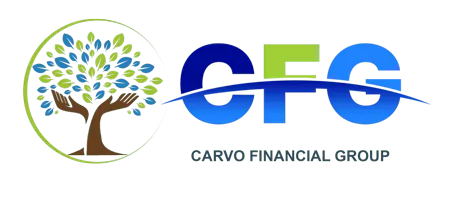Welcome to the Carvo Insurance Group blog! Today, we’re unpacking an important aspect of commercial property insurance: the rating factors that determine your premiums. This guide will help you understand what these factors are, how they impact your insurance costs, and what you can do to potentially reduce your premiums.
What Are Rating Factors in Commercial Property Insurance?
Can you explain what rating factors are? Rating factors are the criteria used by insurance companies to assess the risk associated with insuring a commercial property. These factors help insurers determine the likelihood of a claim being filed and the potential cost of that claim, which in turn influences the premium rates for an insurance policy.
What Key Factors Affect Commercial Property Insurance Rates?
What specific factors do insurers consider when rating a commercial property? Insurers look at a variety of factors when determining the cost of commercial property insurance, including:
- Location: The geographic location of your property plays a significant role. Properties in areas prone to natural disasters like hurricanes, floods, or earthquakes might face higher premiums.
- Construction: The materials and methods used in the construction of your building affect its susceptibility to damage. Buildings made with fire-resistant materials or newer construction techniques generally receive more favorable rates.
- Occupancy: The type of activities conducted on the property also affects the risk. For example, properties used for manufacturing or restaurants (which have higher fire risks) may incur higher premiums than those used for offices or retail.
- Fire protection: How well the property is equipped to handle fire emergencies, including proximity to fire stations, availability of fire hydrants, and the presence of on-site fire suppression systems, can impact insurance costs.
- Age and condition of the building: Older buildings might not meet current safety standards and are often more expensive to insure unless they have been updated or well-maintained.
How Do These Factors Impact Insurance Premiums?
Can you detail how these factors translate into insurance costs? Each rating factor contributes to the overall risk profile of your property. Higher risk generally leads to higher insurance premiums. For instance, a building located in a flood zone without adequate flood defenses will likely have higher premiums due to the increased risk of water damage.
Can Businesses Influence Their Insurance Rating Factors?
Is there anything a business can do to improve their rating factors? Yes, businesses can take several proactive steps to manage their rating factors and potentially lower their insurance costs:
- Improve property safety: Upgrading electrical systems, installing sprinkler systems, and making sure the building is up to current codes can reduce risk and lower premiums.
- Enhance security measures: Implementing advanced security systems and ensuring adequate lighting around the property can deter theft and vandalism, lowering risk.
- Maintain the property: Regular maintenance and updates to aging infrastructure can improve the condition of your property and make it safer, positively impacting your insurance costs.
How Can Carvo Insurance Group Assist with Commercial Property Insurance?
What does Carvo Insurance Group offer to businesses looking for competitive insurance rates? Carvo Insurance Group provides instant online quotes, instant online binding, and detailed instant online insurance proposals. We help you understand the impact of rating factors on your premiums and offer solutions to optimize your coverage based on your specific business needs.
Call to Action
Ready to see how your rating factors could affect your commercial property insurance costs? Click here for a Commercial Property Insurance Quote from Carvo Insurance Group.


